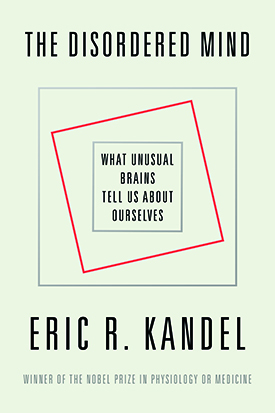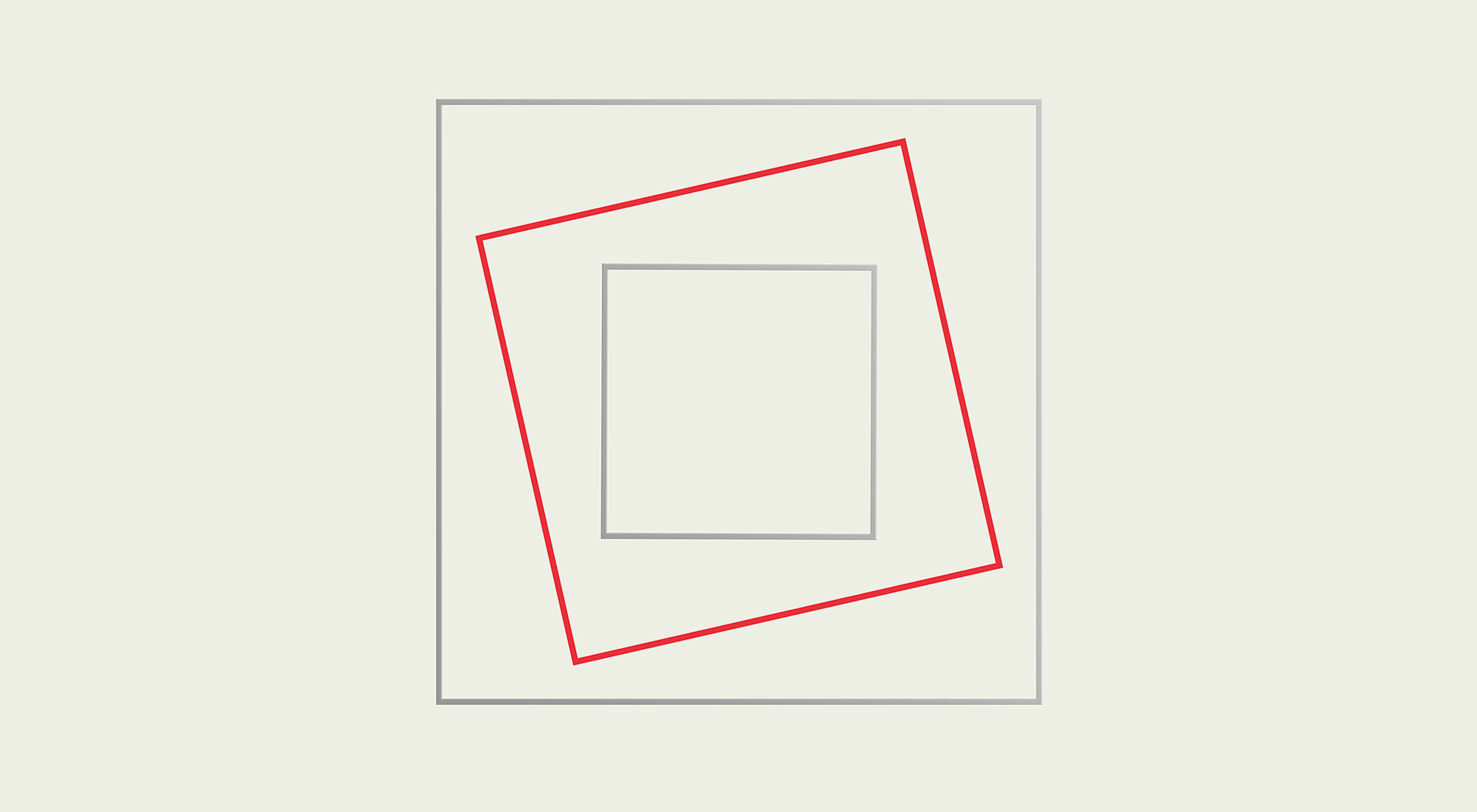
Eric R. Kandel, the winner of the Nobel Prize in Physiology or Medicine for his foundational research into memory storage in the brain, is one of the pioneers of modern brain science. His work continues to shape our understanding of how learning and memory work and to break down age-old barriers between the sciences and the arts. In his seminal new book, The Disordered Mind, Kandel draws on a lifetime of pathbreaking research and the work of many other leading neuroscientists to take us on an unusual tour of the brain. The brain’s 86 billion neurons communicate with one another through very precise connections, but sometimes those connections are disrupted. The brain processes that give rise to our mind can become disordered, resulting in diseases such as autism, depression, schizophrenia, Parkinson’s, addiction, and post-traumatic stress disorder. While these disruptions bring great suffering, they can also reveal the mysteries of how the brain produces our most fundamental experiences and capabilities—the very nature of what it means to be human. In this excerpt, Kandel elaborates on the connection between brain disorders and creativity through the example of artist Chuck Close.
Chuck Close is dyslexic, and as a child there were many things he felt he couldn’t do. One thing he could do, however—and do well—was draw. He became particularly interested in drawing faces, which is intriguing because Close is also face-blind—that is, he can recognize a face as a face, but he cannot associate that face with a particular person.
Our ability to recognize faces resides in the right fusiform gyrus of the inferior medial temporal lobe of the brain. People with damage to the front of that region are face-blind, like Close. People with damage to the back of that region cannot see a face at all. Close is probably the only person in the history of Western art to paint portraits without being able to recognize individual people. Why, then, did he focus on being a portrait artist? Close says his art was an attempt to make sense of a world he didn’t understand. For him, it’s not so strange that he makes portraits. He was driven to make portraits because he was trying to understand the faces of people he knows and loves and commit them to memory. For him a face has to be flattened out. Once he flattens it, he can commit it to memory in a way that he cannot if he’s looking at it head-on. If he looks at you and you move your head half an inch, it’s a new head for him that he has never seen before. But if he takes a photograph of the face and flattens it out, he now can effect the translation from one flat medium to another.

Chuck Close, “Big Self-Portrait”, 1967-68.
That translation goes like this. First, Close takes a photograph of a face. Then he covers the photograph with a sheet of transparent Plexiglas and pixelates it—that is, he applies a grid that separates the image into thousands of tiny cells. Finally, he paints each of the tiny pixels, row by row, which together coalesce into a portrait. The final image is clearly composed of its constituent parts.
In his early work, Close used this method to achieve an unprecedented level of realism, consistent with his desire to make sense of the world. In time, however, he began using the grid more experimentally, revealing a progressive lifting of inhibitions. First, he filled each cell with a repeated mark, a dot, to create wonderfully complex portraits from very simple, incremental units. Eventually, the technique evolved into painting each cell as a tiny abstract painting made of concentric circles. Rather than coloring each square with the same uniform flesh tone, Close made several saturated rings; from a distance, they create the illusion of a single color and create a vibrant, believable portrait.
Close used this method to achieve an unprecedented level of realism, consistent with his desire to make sense of the world.
Studies have shown that the right hemisphere of the brain is more concerned with putting ideas together, seeing new combinations—in short, with aspects of creativity. The left hemisphere is concerned with language and logic. John Hughlings Jackson, the founder of modern neurology, argued a century ago that the left hemisphere of the brain inhibits the right hemisphere, and as a result, damage to the left hemisphere can enhance creativity. Close’s left hemisphere is compromised, as is evident in his dyslexia, and like many other artists, he is left-handed, which further indicates that the right hemisphere of his brain is dominant.
Not only has Close taken full advantage of this possible pathway to creativity, he has worked, as a gifted athlete might, at doing better what he already does well. He has used his dyslexia to enhance his artistic strengths. He has pointed out that everything he does is driven by his learning disabilities. He didn’t take algebra, geometry, physics, or chemistry. He got through life by taking extra-credit art courses and projects to show his teacher that he was interested in his classwork, even though he couldn’t recall facts later on. He got reinforcement for demonstrating that he had skills, and this made him feel special. As a result, his artistic ability is extraordinary, and his depiction of faces is continually evolving.

Chuck Close, “Roy II”, 1994.
Close exemplifies two important aspects of creativity in addition to the lifting of inhibitions: the determination to work hard and overcome difficulty, and the enormous plasticity of our brain. As we saw in the chapters on autism and Alzheimer’s disease, damage to some regions of the brain can be compensated for by increased strength and effectiveness in other regions. The brain’s ability to compensate for damage can also enhance an artist’s ability to do new, more interesting and creative things.
Eric Kandel is a University Professor and Fred Kavli Professor at Columbia University and a Senior Investigator at the Howard Hughes Medical Institute. The recipient of the 2000 Nobel Prize in Physiology or Medicine for his studies of learning and memory, he is the author of In Search of Memory, a memoir that won a Los Angeles Times Book Prize; The Age of Insight: The Quest to Understand the Unconscious in Art, Mind, and Brain, from Vienna 1900 to the Present, which won the Bruno Kreisky Award in Literature, Austria’s highest literary award; and Reductionism in Art and Brain Science: Bridging the Two Cultures, a book about the New York School of abstract art. He is also the coauthor of Principles of Neural Science, the standard textbook in the field.
